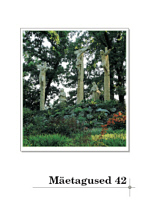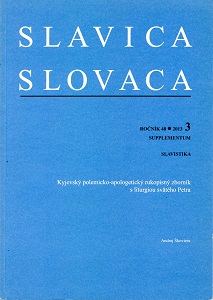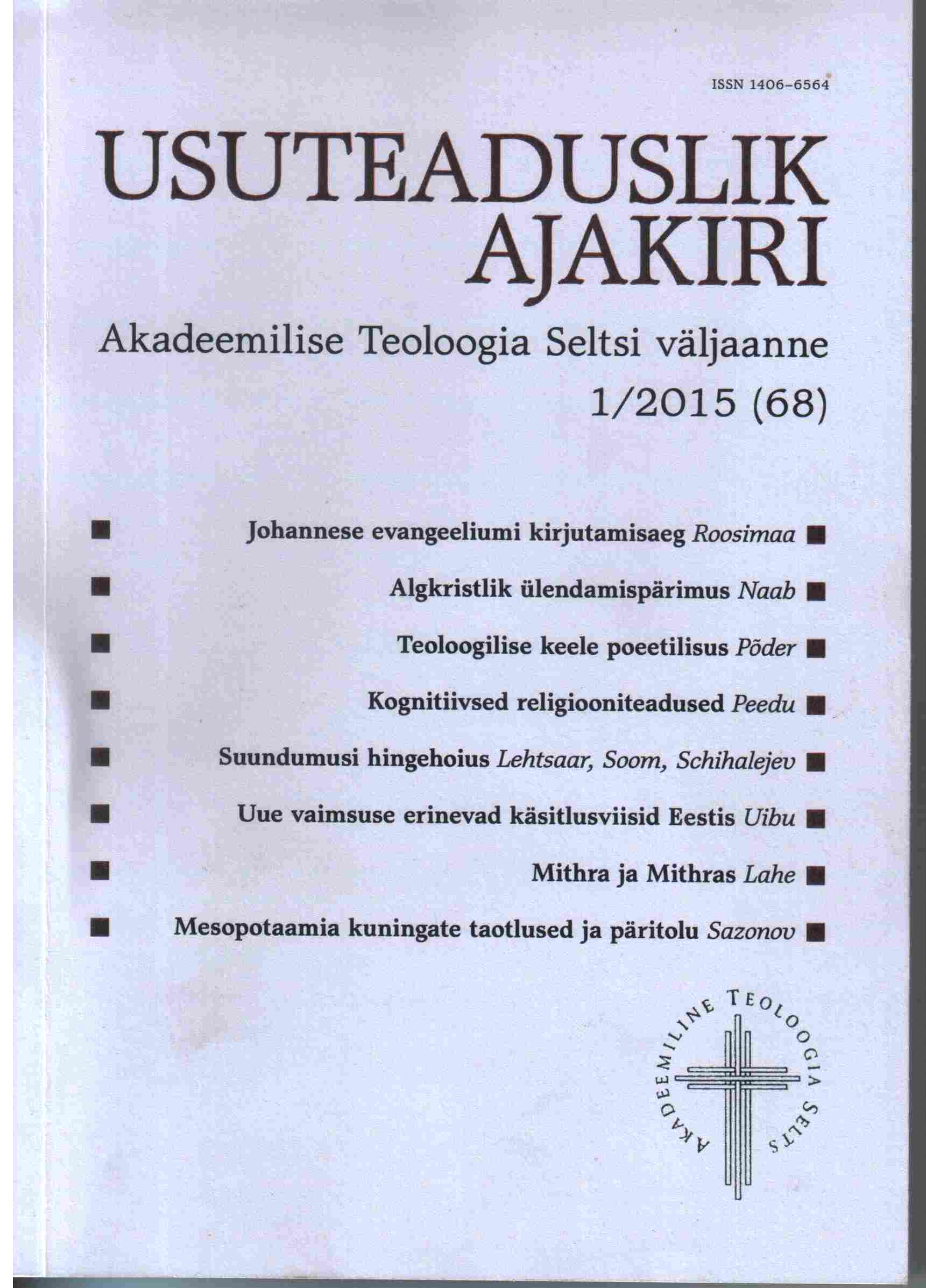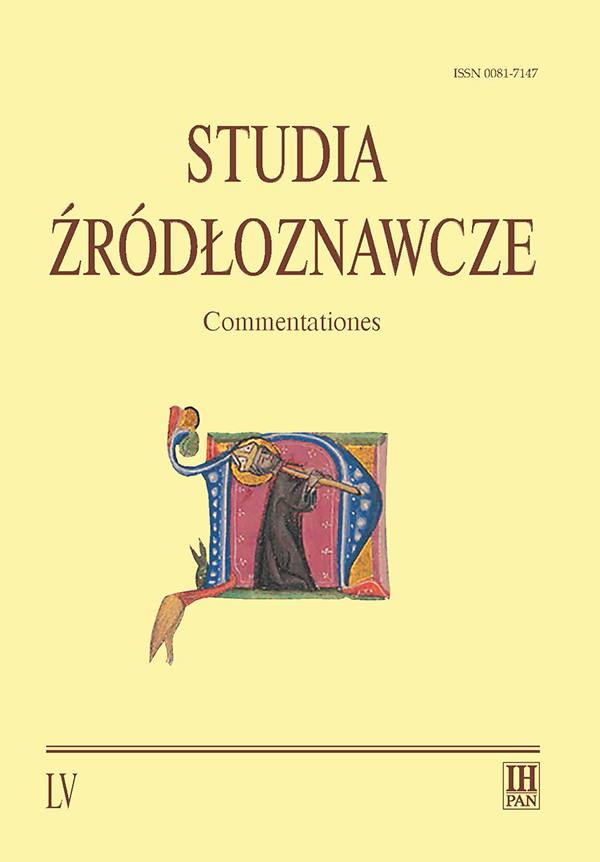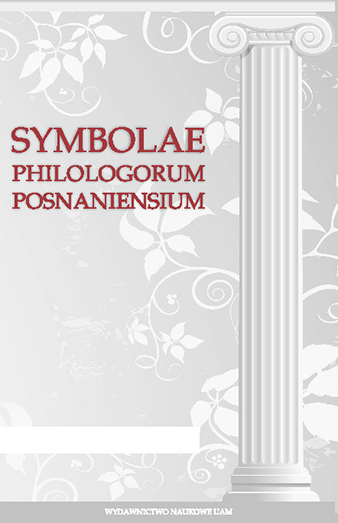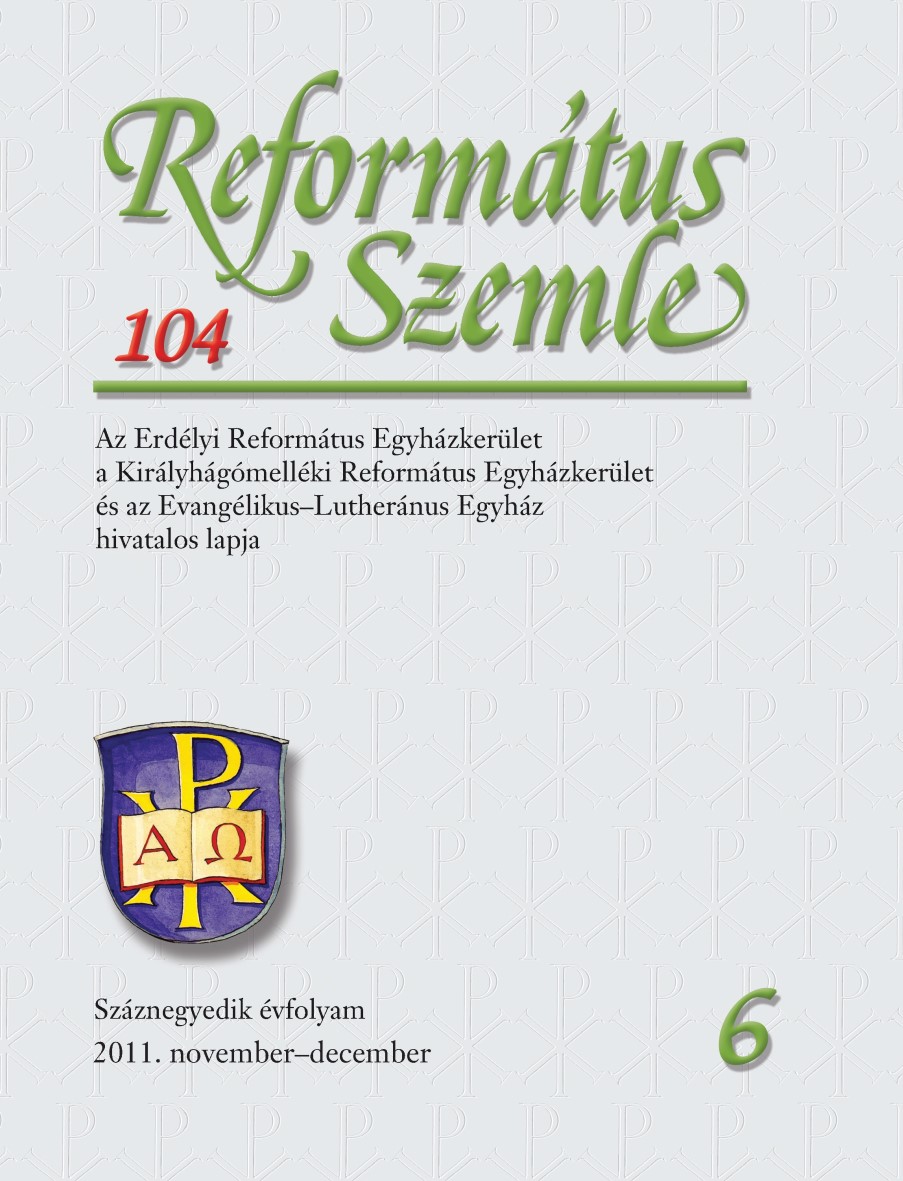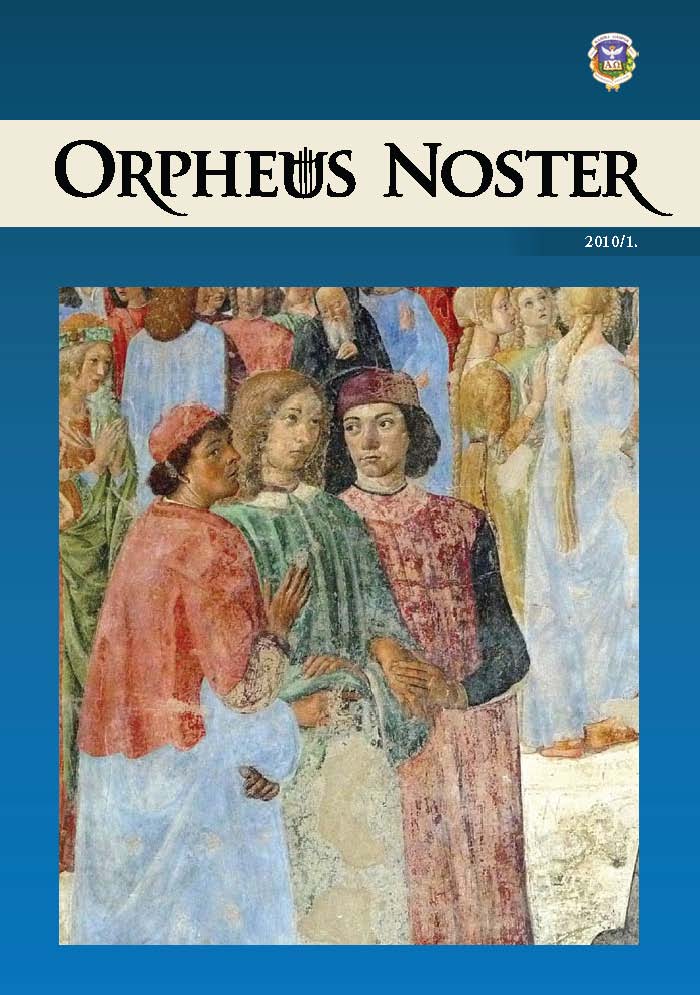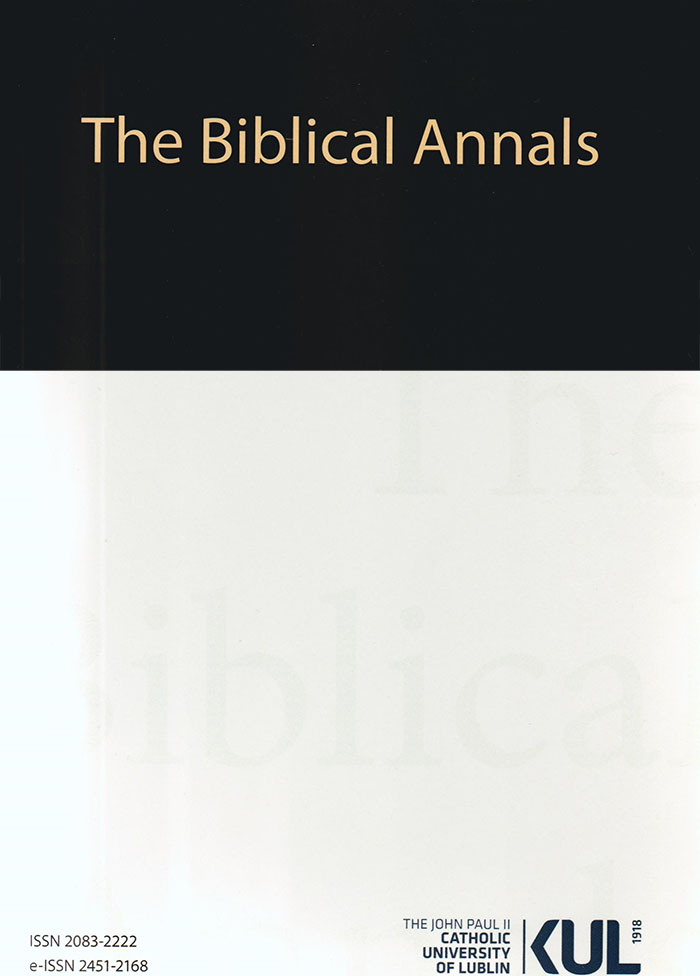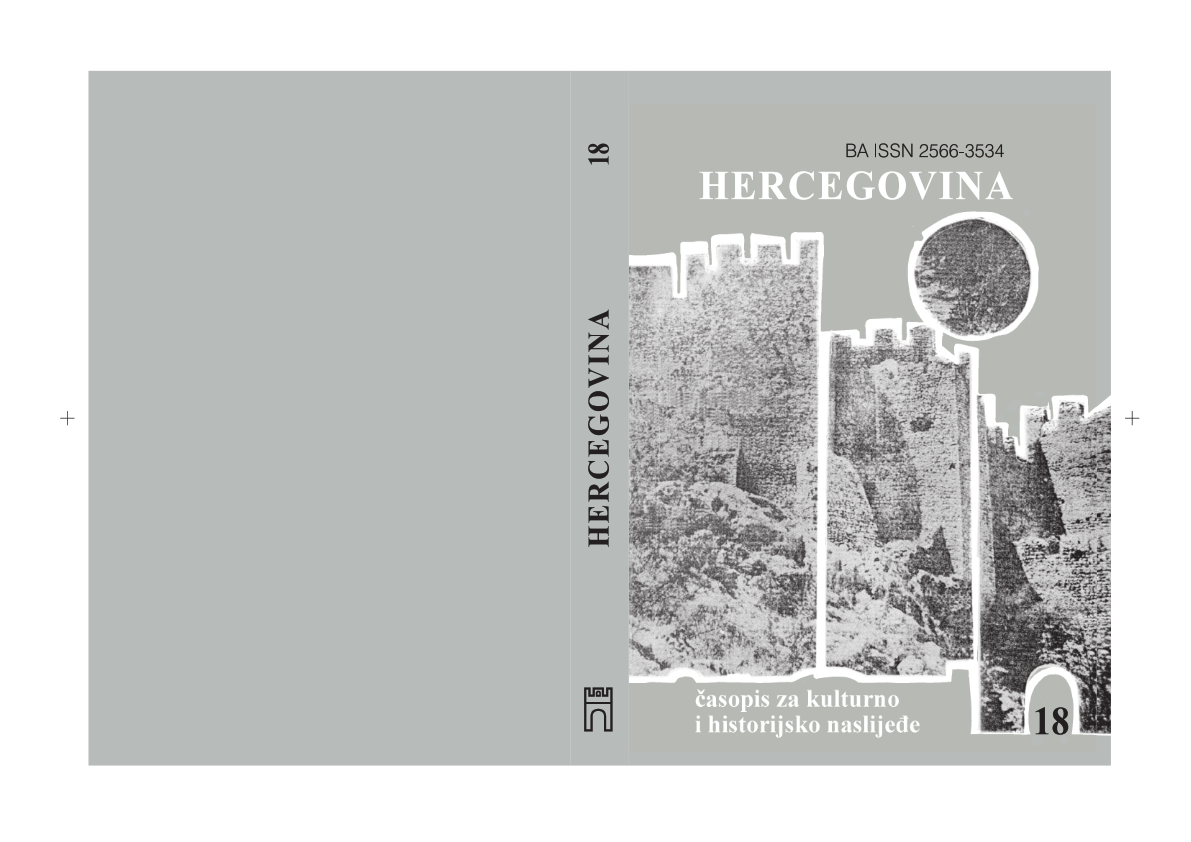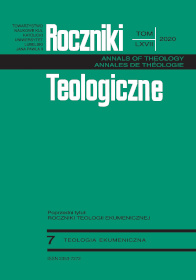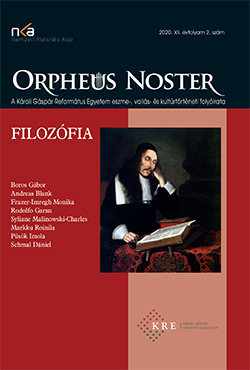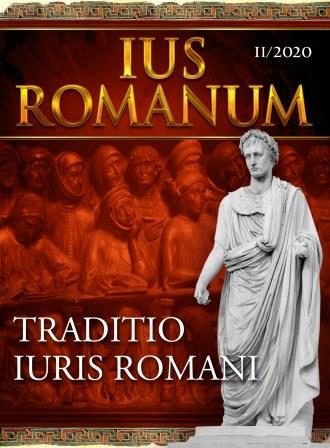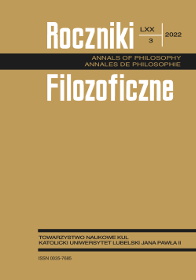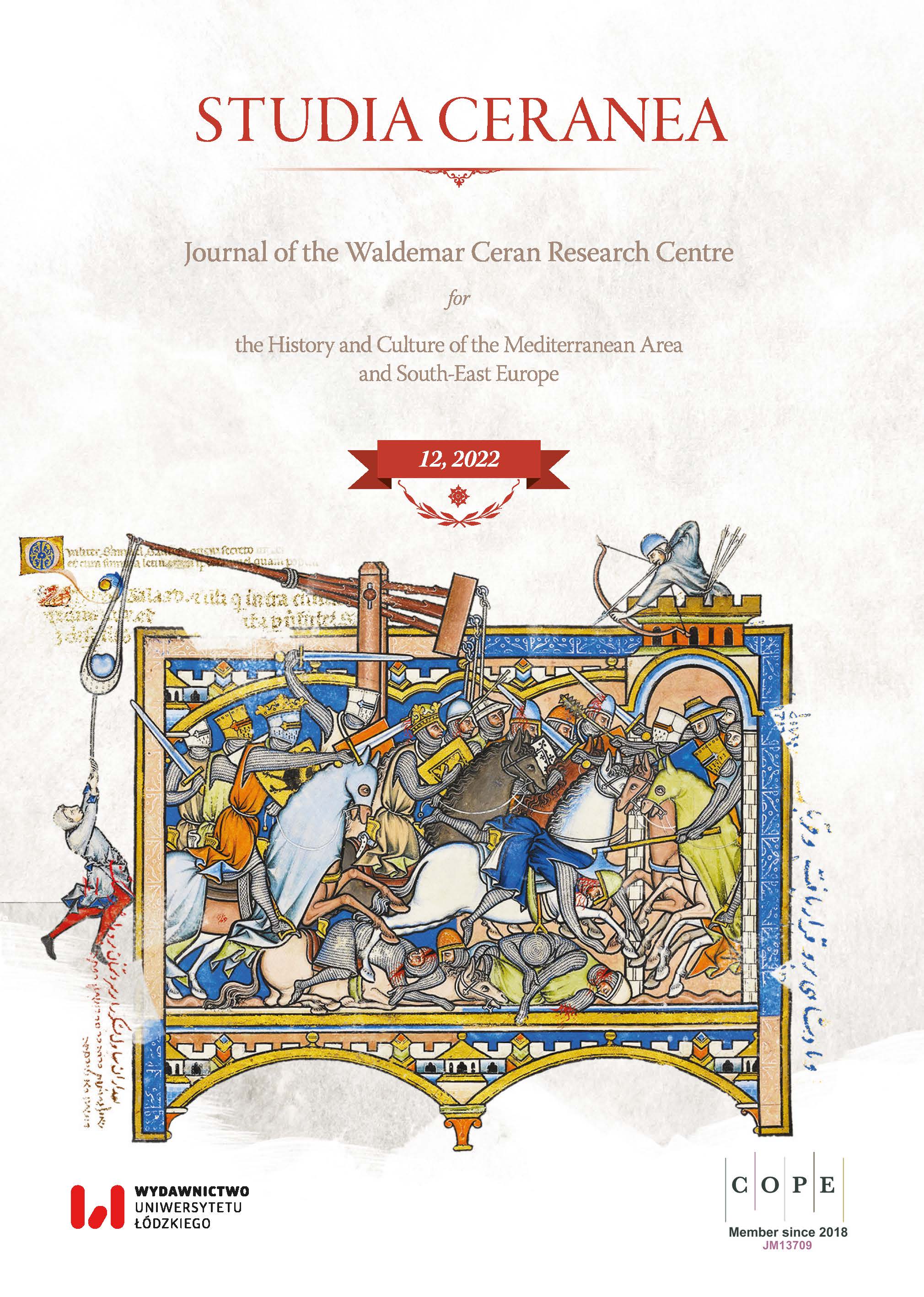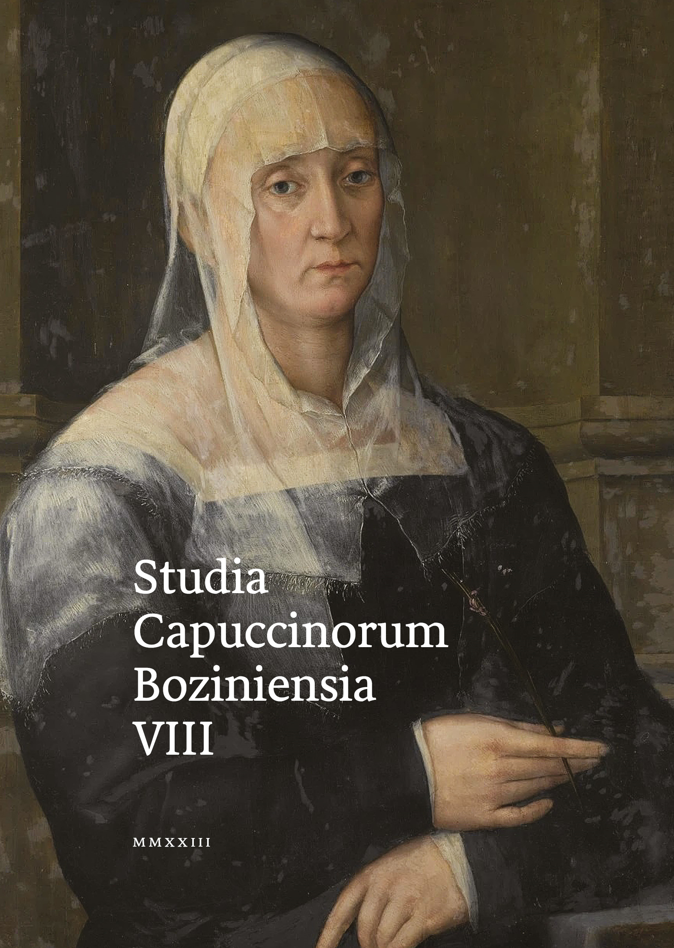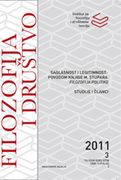
Descartes’ Idea and the Representations of Things
Dekartova idea i reprezentacije stvari
Keywords: theory of ideas; direct realism; representationalism; Francisco Suárez; conceptus formalis; conceptus objectivus; early modern philosophy
On the basis of the analysis of relevant passages from Descartes’ writings, the article shows that Descartes’ ideas represent things in mind, but that he is not a representationalist in a Malebranchean sense: in Descartes, represented object is perceived, not the very representation of that object. Hereafter, three senses of idea in Descartes were analyzed, objective, formal and material, as well as the notions conceptus formalis and conceptus objectivus of Francisco Suárez who is direct his-torical source of Descartes’ theory of ideas. In the conclusion the centrality of the notion of idea in formal sense in Descartes’ theory of ideas is shown, and it is claimed that the representationalism and direct realism are equivalent in Descartes. At the end, the survey of influence and transformation of understanding of ideas in early modern philosophy is presented.
More...
